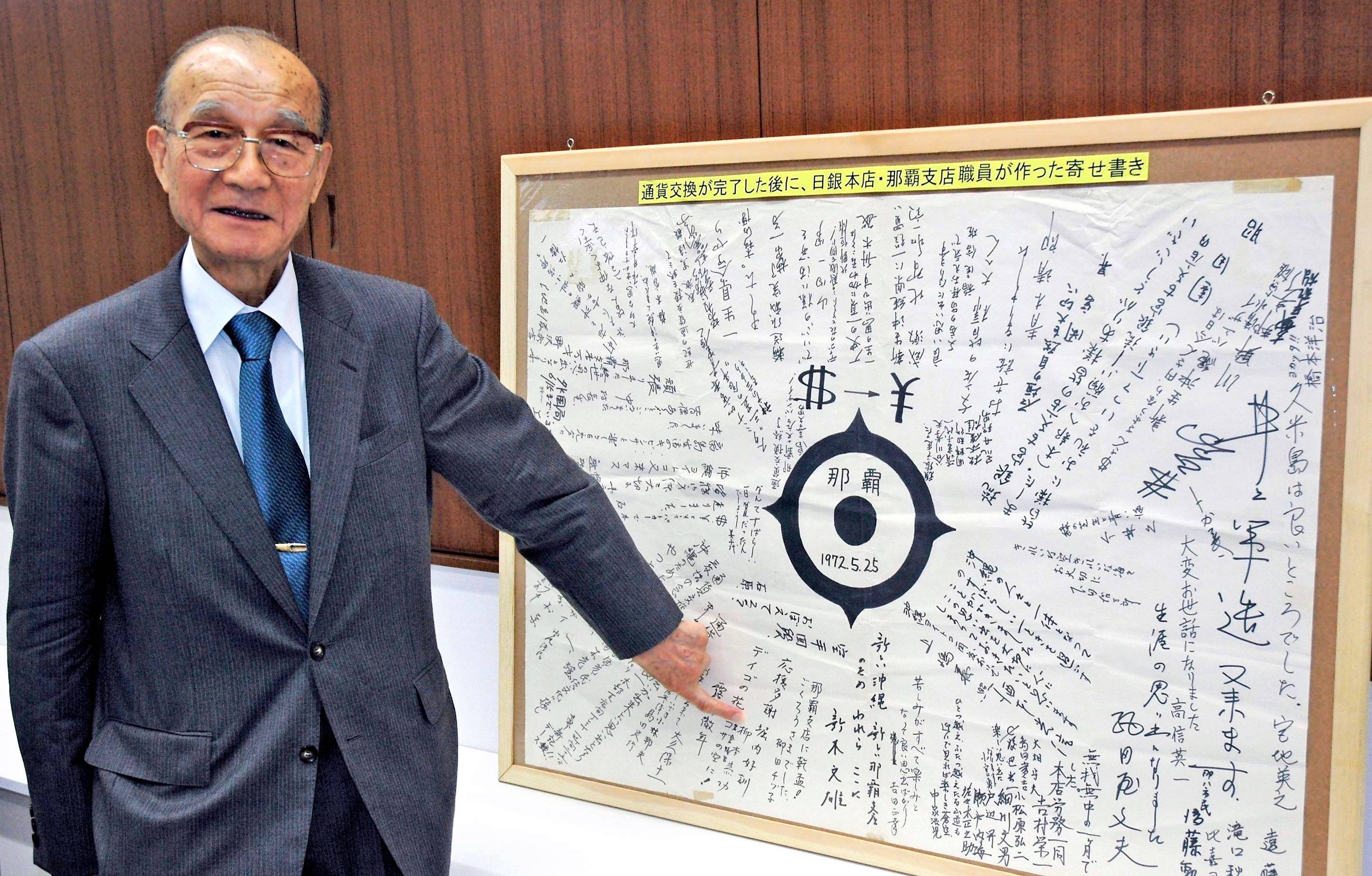It was past 6 a.m. on May 2, 1972, when Yoshikuni Horiuchi, the first deputy manager of the Bank of Japan's Naha Branch, rushed to the Naha military port to welcome the Maritime Self-Defense Force transport ships that were carrying ¥54 billion in cash from Tokyo.
From the fourth floor of a BOJ staff apartment in Naha, the pair of ships — the Osumi and the Shiretoko — looked like two matchboxes on the horizon as dawn broke.
“Here they come!” Horiuchi, then 44, shouted as he looked across the sea from his apartment. Soon, he was running down the stairs and heading for the port.

















With your current subscription plan you can comment on stories. However, before writing your first comment, please create a display name in the Profile section of your subscriber account page.